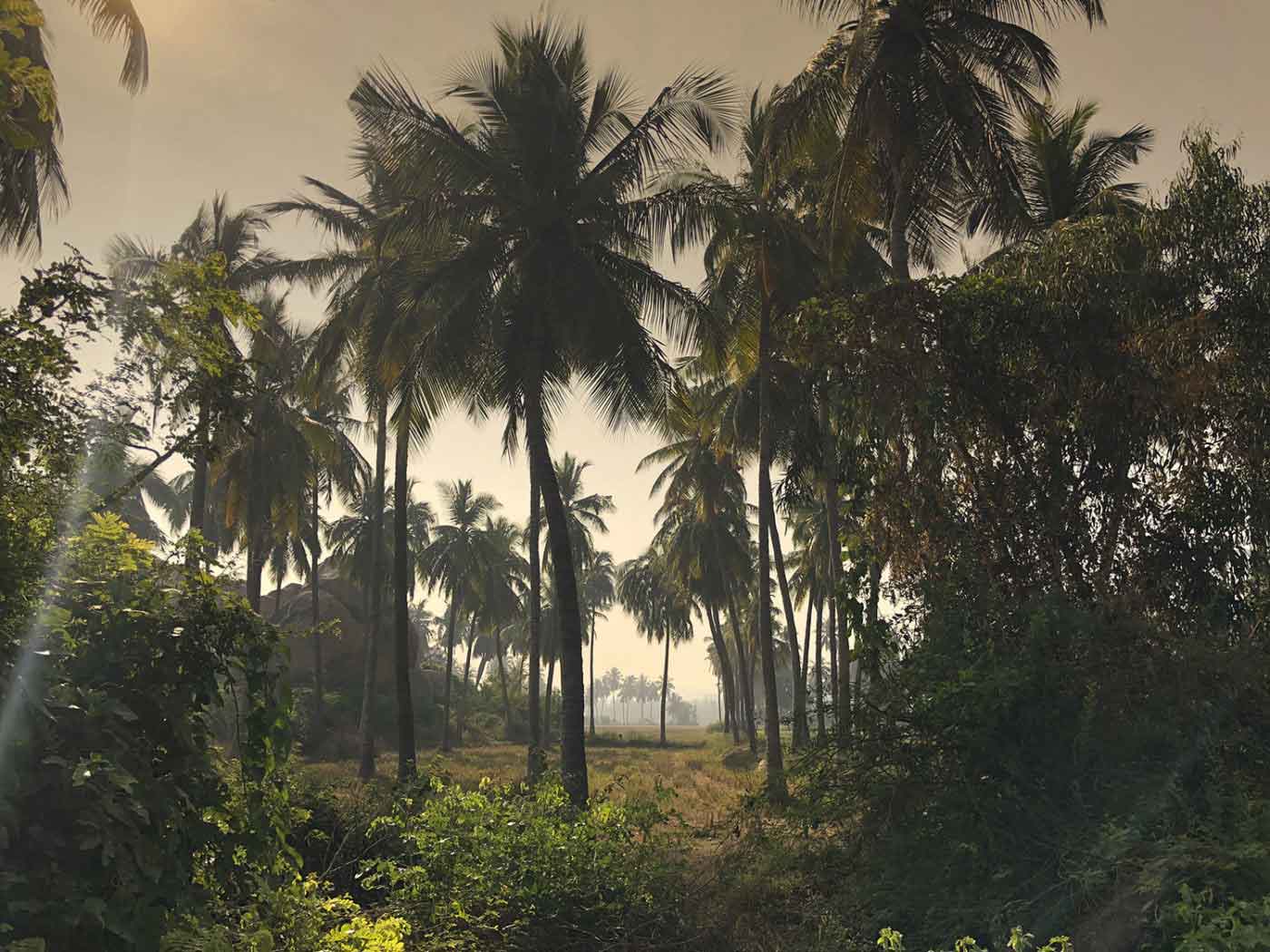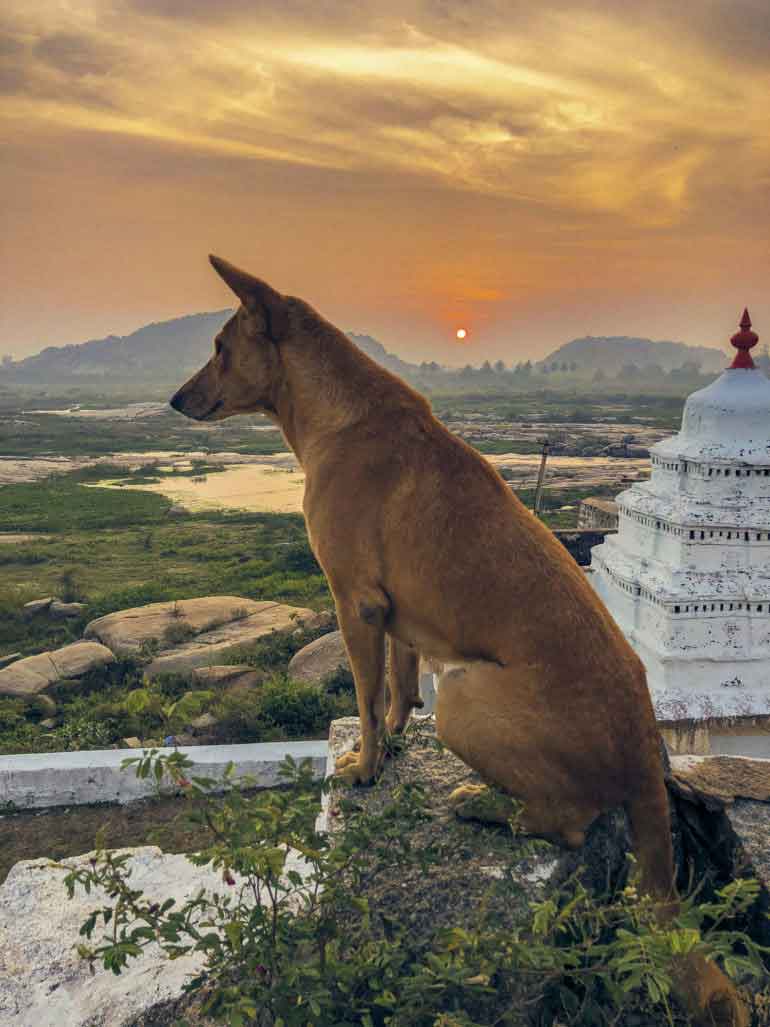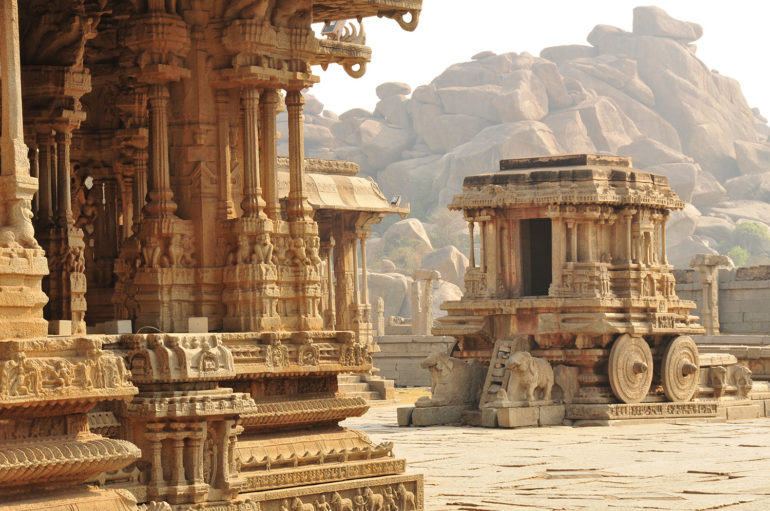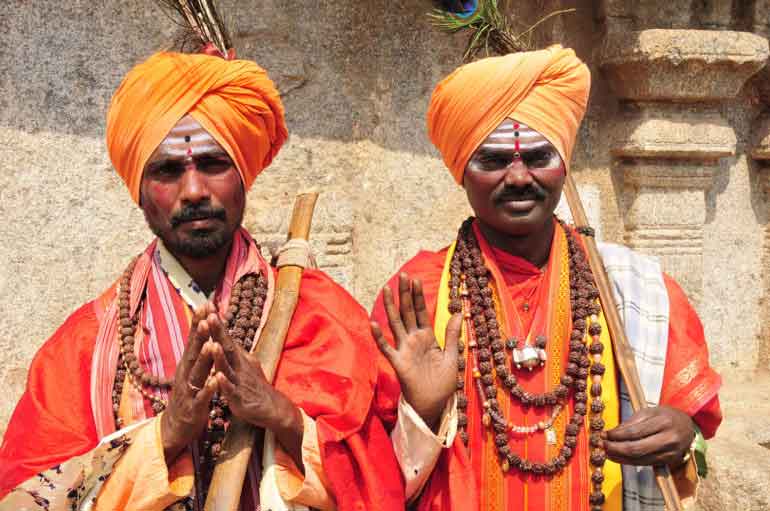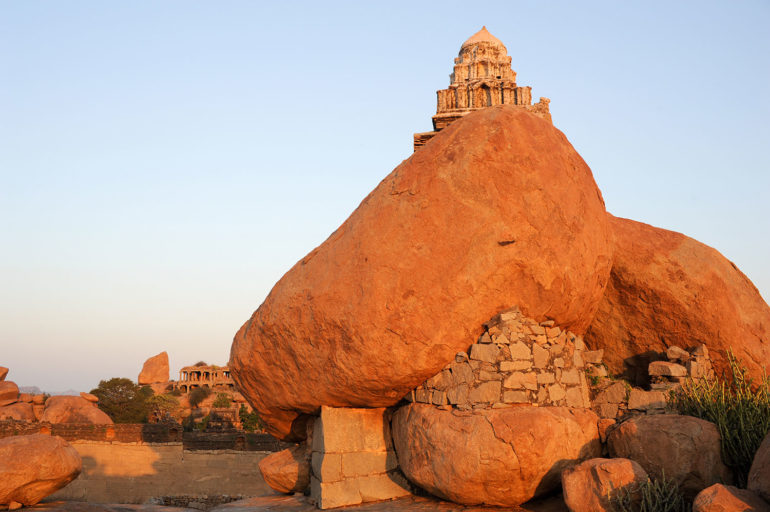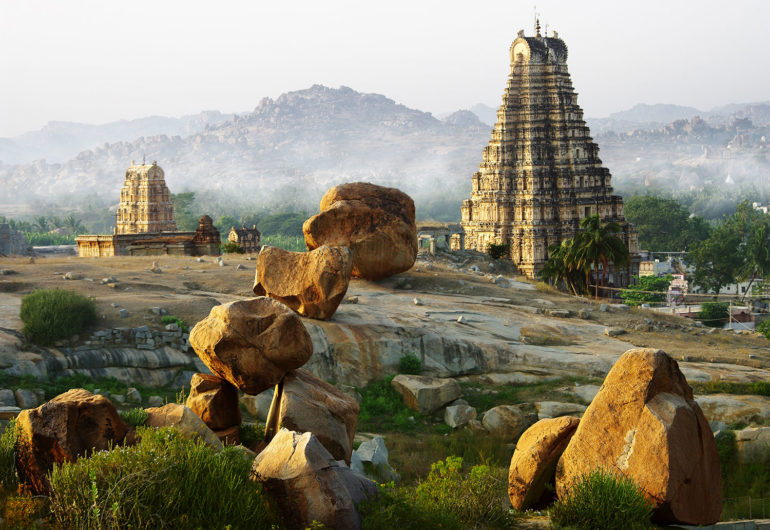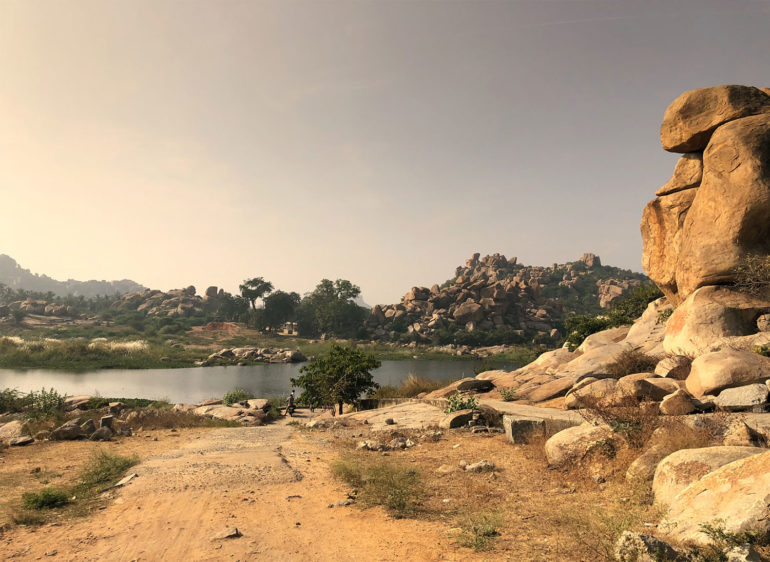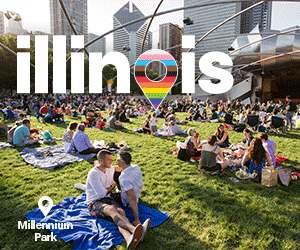Hampi
I’m surprised and impressed by Anegundi, but I don’t want it to overshadow the main reason I came here to start with, and that is Hampi. A five-minute boat ride across the river and I’m acquainted with my guide, Ravi. He’s quite the storyteller, one of those who fluidly mixes history and mythology into his narrative, related as fact. His story goes a little something like this: two brothers, Harihara and Bukka, founded the Kingdom on a prophecy in the 1330s. They were told to build their city at the very spot where Rama’s arrow fell in the Ramayana. And so they did. Over the next two centuries, their descendants felt the need to expand and moved the capital across the river to Hampi. From 1509, in a reign of just 20 years, Vijayanagara’s greatest ruler, Krishnadevaraya, forged an empire that at its summit spanned all of the Indian peninsula south of the Tungabhadra River, a kingdom with an international economy – China, Persia and Portugal were all trade allies. But Krishnadevaraya loved Hampi. He built the most magnificent of capitals, with ubiquitous temples, bazaars, swimming pools, palaces and bathhouses. At the height of the empire, over half a million people inhabited the city. The architecture and engineering of ancient Hampi define excellent workmanship, in line with religious Hindu beliefs. It was no mean feat to build a city of that size here. While the rugged landscape offered great protection, the solid bedrock meant that it was almost impossible to lay down foundations for a vast city. But still, they managed – Ravi slipped into a tale of divine intervention as to how, but I had switched off, in awe with what I was seeing for real.
“If Hampi were Manhattan, Virupaksha temple would be its Empire State.”
The most beautiful masterpiece of the kingdom sits a short walk from the river, at the Vitthala Temple complex. It is shrouded in mystery because it was actually built after the city was ransacked by Muslim insurgents. No one really knows why they rebuilt it, although of course, Ravi has some theories involving gods and monsters. The more rational reason is that a descendant of the original kings, who had fled to the far south, returned with members of the royal court and re-established the area as the heart of Karnataka. The exquisite carvings on its buildings give an insight into the work of the artisans of the time. The whole place is stunningly beautiful, with carved reliefs telling the story of the Empire’s prowess and reach. You can almost imagine what it must have been like in its day, with its hundred-column hall’s three-tiered foundation carved to allow thousands of oil lamps to light up the place. A unique feature is that the pillars of the buildings are so perfectly carved that they double up as musical instruments for the festivals they held here. Vitthala is also home to an enormous, intricately carved, stone-chariot Garuda shrine, the size of a house, forever immortalised in the many postcards and books about Hampi.
If Hampi were Manhattan, then the Virupaksha Temple would be its Empire State Building, reaching up high above ground level, an edifice dedicated to Lord Shiva. As a sign of respect, I’m to walk around in bare feet, each step accompanied by a grimace at what may lie underfoot. Those monkeys swinging from the rooftops have to defecate somewhere. But it’s here that I come head to trunk with the temple’s elephant Lakshmi, who blessed me with her appendage, as she lumbered back up the long flight of stairs from the river, having sprayed the waiting pilgrims with water. It is here I learn, through my guide, the very essence of Hinduism and how its basis and celebration hasn’t changed since its very founding. It’s an intense experience but nothing short of amazing.
Leading away from the temple are the remains of a kilometre-long bazaar flanked by stone pavilions and villas, where horses were traded with gemstones, spices and cotton and where the city’s nobles once lived. Up the hill outside the temple walls, I find even earlier ruins, like the ornate Jain temples, a monolithic sculpture of Narasimha, countless, in fact, infinite shrines and mantappas, giant Nandi bulls and an enormous Ganesha statue.
If there’s one thing we know about Indian Kings, it is their adoration of their Queens. There’s a whole part of Hampi dedicated to the women of the court, a walled-off Royal Enclosure, or ‘zenana’, guarded by imposing sentry towers once manned by a band of eunuchs. The beautiful Lotus Mahal sits majestically at the centre of it all, a palace of Jain and Indo-Islamic architecture complete with a lotus bud carved into its vaulted, domed ceiling. Adjacent to this breathtaking building is another feat of architecture, a large, cloistered structure that has to be seen to be believed, a stable that once housed the royal elephants. Another magnificent site is the Queen’s Bath, where gallery-verandas with overhanging Rajasthani balconies encircle a large square water tank, open to the sky. Cool, floral-scented water would have once been channelled through a waterfall at one end, while musicians and dancers entertained the ladies of the court as they enjoyed the spa. A cool breeze overwhelms me, the ghosts of Maharanis of the past perhaps. Ravi tells me with some pride that it is actually ingenious ancient engineering – natural air-conditioning – to give the royals some respite from the unrelenting southern Indian heat. It is a very surprising dose of science from Ravi.
To try and sum up Hampi (and Anegundi for that matter) in just a few paragraphs does them no justice. I recommend that it is firmly placed on every travel bucket list. India may be a large country of amazing sights of ‘Wonder of the World’ proportions, so I understand that perhaps Hampi may not take priority, but this 26 square kilometres of historical ruins must not be underestimated: a slice of the ‘real’ India (or Karnataka at least) past and present, preserved for all to see.
Like Krishnadevaraya, I’ve fallen for Hampi. I don’t really know why. Perhaps it’s the dramatic setting of rice fields and coconut groves dropping away into the vast expanse dotted with ruins. Maybe it’s the granite geology, the grey, pink, and sometimes gold reflections in the sunset hues. Who knows, maybe I am caught up in the stories, or I may even have been here in a past life.
As I leave Hampi, I decide that it must be an equal combination of its physicality, history and mythology that I love. But despite being a man of fact, for now, I’m siding with the myths, purely for my love of stories.
Get out there
Do…
… stay in Anegundi and experience the Kishkinda Trust. They do amazing work and are a beacon of sustainable, experiential travel at its best.
… contribute to the local community. Buy something from a Kishkinda Trust’s project, or commission something. Spend time talking to the local kids who want to improve their English. Just make sure you’ve got more than one ‘school-pen’.
… dive into vegetarianism. The locals do not eat a lot of meat and nearly all restaurants are vegetarian. We’re as carnivorous as they come, but we weren’t missing meat, even after four days.
Don’t…
… rush Hampi. There’s just so much to see and learn. The history, architecture and stories of the various sites will blow your mind. We recommend to hire a guide and explain what pace you want to see things at and what you’re most interested in.
… drink the water. Brush your teeth with bottled water. Also, ensure that wherever you’re eating washes its fruit and vegetables in bottled water.
… go in the river, no matter how ‘Indiana Jones’ you may be feeling. It’s deceptively deep with strong undercurrents and locals warn of lurking snakes and cougars on its banks.


